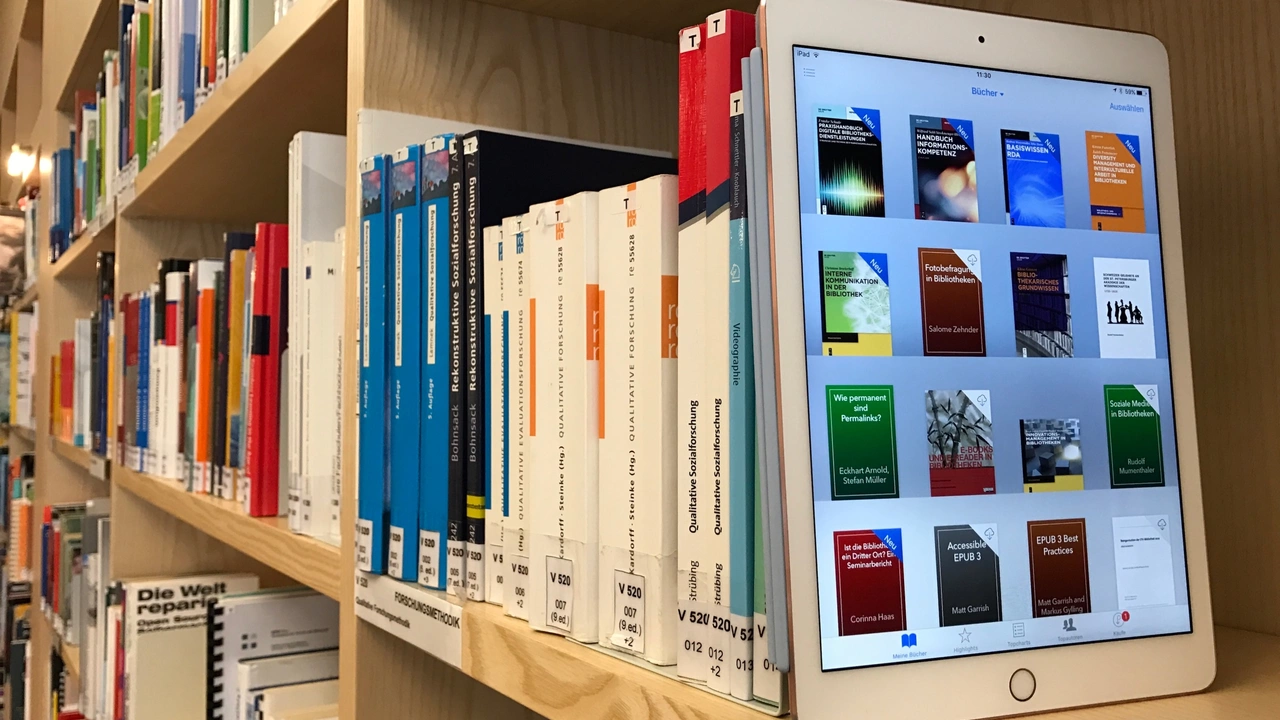Technology and Electronics
Tech shows up everywhere — in the phone you use, the voting machines, and the small sensors that track turnout. This category focuses on practical tech and electronics content that helps you understand devices, make smarter buys, learn useful skills, and follow how technology affects India’s elections.
Expect clear how-tos, honest product notes, and explainers about election systems like EVMs and VVPAT, plus simple electronics lessons you can try at home. If you want to fix a gadget, pick the right device, or read one solid electronics book, you’ll find straightforward advice here.
Practical guides and gear picks
Need help choosing a smartphone or a budget laptop? Look for battery life, repairability, and local service network — those matter more than flashy specs. For accessories, prioritize build quality and safety certifications (like BIS for India). When you’re shopping, check user reviews for real-world battery and heating reports, not just benchmark scores.
If you like hands-on projects, start with simple kits: soldering a kit, a microcontroller board (Arduino or ESP32), and a few sensors. That will teach you wiring, basic code, and debugging. For repairs, always power down and take photos before disassembly; a labelled box for screws saves hours. For buying parts, prefer trusted sellers and ask about warranties — cheap modules without support often cost more time than they save money.
Electronics books worth your time
Want a book recommendation? Here are four classics that match different goals. The Art of Electronics by Horowitz and Hill is great if you want deep, practical analog and digital design. Practical Electronics for Inventors by Paul Scherz is hands-on with clear examples and is ideal for makers. Make: Electronics by Charles Platt is very beginner-friendly — expect experiments you can do with basic tools. Microelectronic Circuits by Sedra and Smith works if you're aiming for an academic or engineering foundation.
Which one to start with? If you’re new, try Make: Electronics or Practical Electronics for Inventors. If you already know basics and want design depth, pick The Art of Electronics. Use textbooks like Sedra and Smith when you need theory to support practical work.
We also cover quick tutorials: reading circuit diagrams, picking a multimeter, basic soldering tips, and simple project ideas you can finish in a weekend. Every guide focuses on steps you can follow, common mistakes, and what tools truly matter.
Finally, when it comes to election tech, we explain how devices are used, what safeguards exist, and how to spot misleading claims about hardware. You’ll find clear breakdowns on security, transparency, and how tech trends influence campaigning and voter access — without technical jargon.
Browse articles here to learn something useful fast: a product note, a repair trick, or an easy electronics project that actually works. If you want something specific, tell us what you’re building or buying and we’ll cover it next.

What are the all time best electronics books?
In the vast world of electronics, there are several books that stand out as all-time classics. "The Art of Electronics" by Paul Horowitz and Winfield Hill is a must-read for its comprehensive coverage of both analog and digital electronics. "Practical Electronics for Inventors" by Paul Scherz is another gem, offering hands-on advice for inventors of all levels. Additionally, "Make: Electronics" by Charles Platt serves as a great guide for beginners, while "Microelectronic Circuits" by Adel S. Sedra and Kenneth C. Smith is highly appreciated by advanced learners. These books have been instrumental in shaping the field of electronics and continue to remain relevant today.